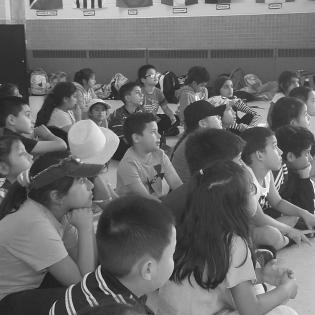Young people learn about the variety of ways citizens can become active participants in the community: political parties, interest groups, voting, and providing public service.
Filter by subjects:
Filter by grades:
Filter by audience:
Filter by issue area:
Filter by content type:
Filter by resource type:
resource search
We define civic virtue and give examples of ways to exhibit civic virtue for the common good.
In response to a picture book, each participant identifies their own unique qualities and shares them proudly on a star. They demonstrate respect and trust to share their qualities and pay attention to others' traits.
In this lesson, we explore the importance of each person's right to vote and the injustice of limiting that power.
As a group we define good citizenship, including the classic Roman concept of civic virtue (putting the common good above individual need).
When a crisis upends life or disaster strikes, whether caused by nature or humans, the humanitarian spirit of individuals and communities swells. The lesson plans, project ideas, and links to nonprofit resources here provide opportunities to discuss our response to a crisis and explore actions that young people can take before and after disaster strikes.
In this lesson we learn the history of the Indigenous people who lived in our specific area. We learn that language matters, and there is a respectful way to talk about the heritage of a person who was first to live in an area.
This lesson focuses on the meaning and benefits of gratitude. Participants give examples of what people give up (opportunity cost) when they give philanthropically. For their service project, the young people will decide how they can 'deliver gratitude' to a deserving person...
Learners use words to communicate positively and build community. A service project involves writing positive messages on stones and placing them strategically to uplift and beautify.
